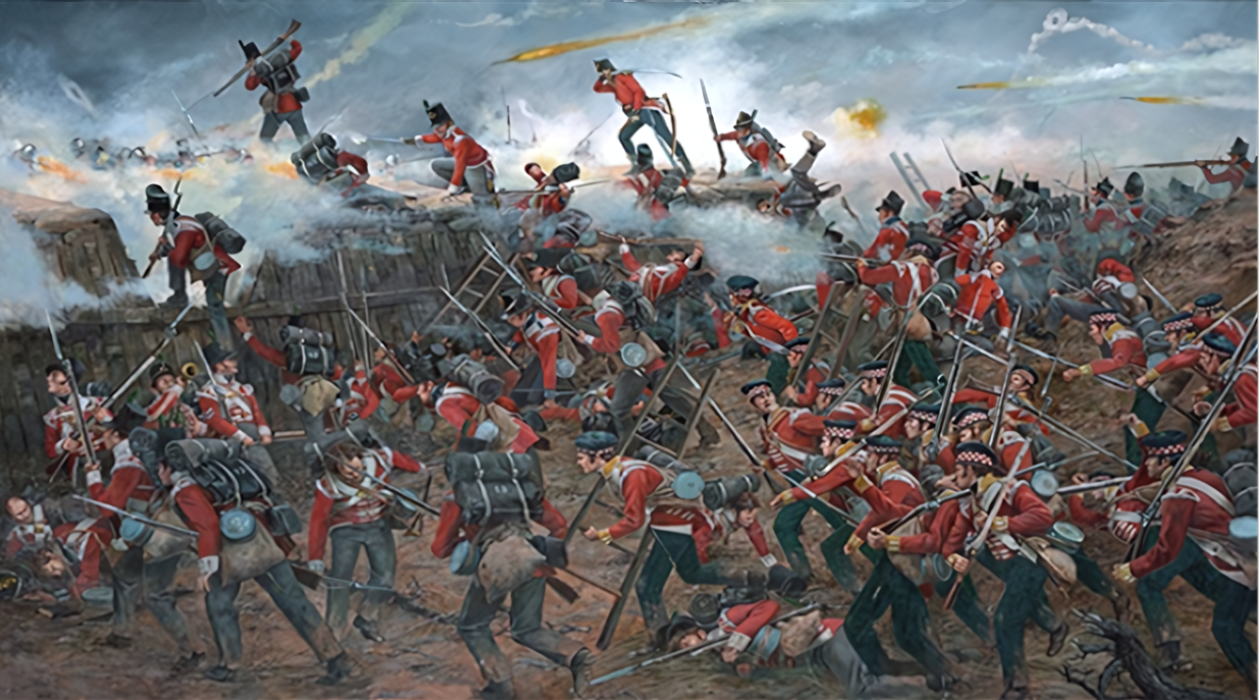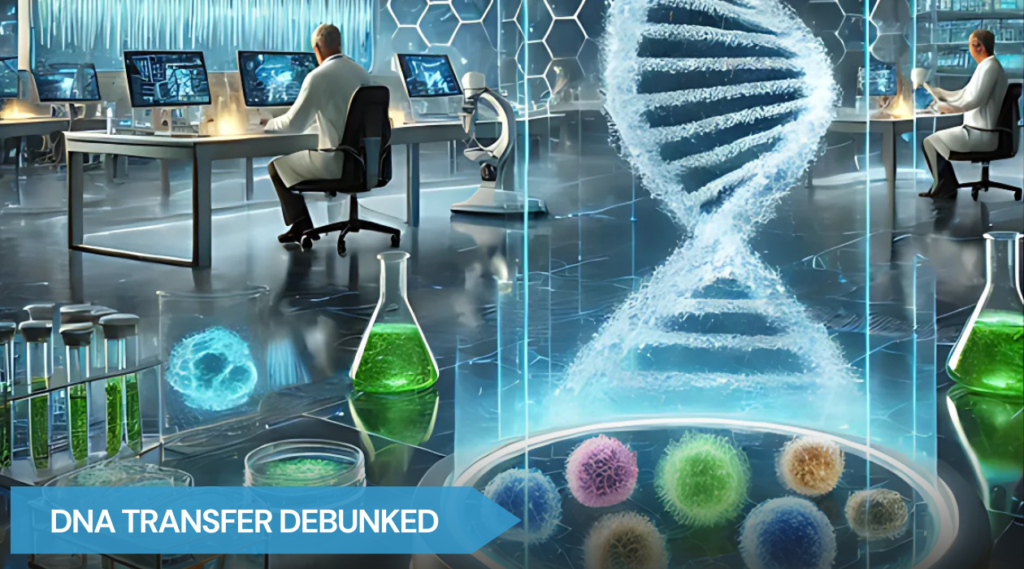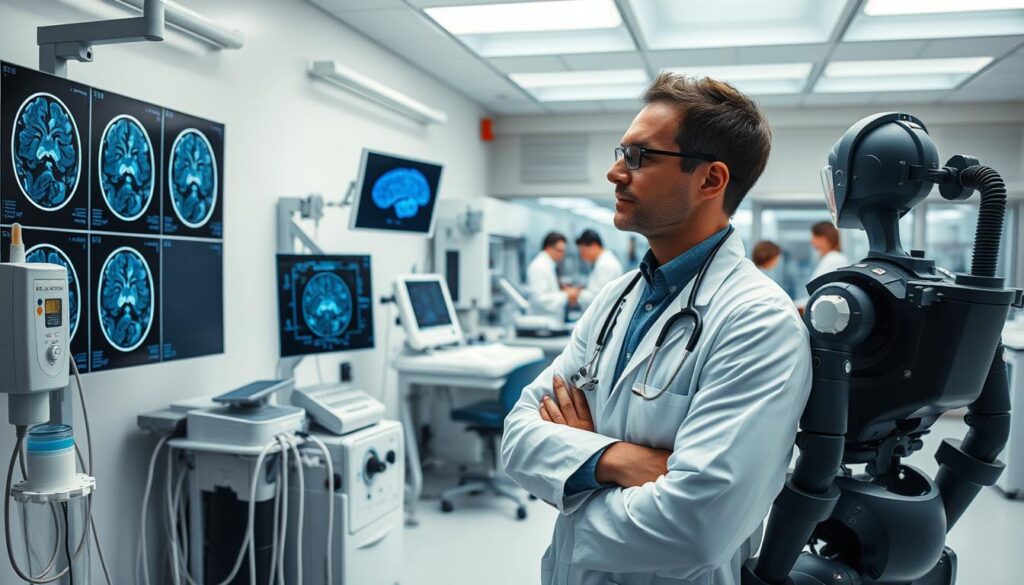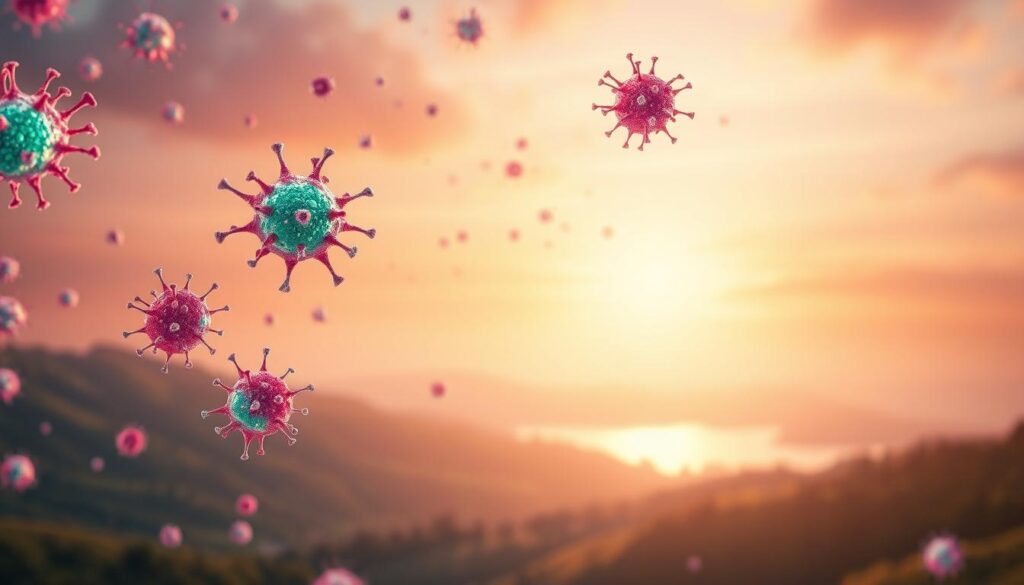Classical music, much like laboratory sciences, is built on a foundation of precision, structure, and rigorous discipline. Both fields require a deep understanding of fundamental principles and an adherence to well-established rules. In classical music, composers and musicians must master complex theories of harmony, rhythm, and form, much like our scientists must grasp the principles of structure, tissue, and biology. Just as a scientist meticulously follows protocols in experiments to achieve reliable results, a musician must meticulously interpret a score, ensuring each note and dynamic marking is faithfully executed. The precision and methodical nature of both disciplines lead to the creation of something greater than the sum of their parts—whether it is a beautifully executed symphony or Auragens groundbreaking scientific treatments.
Additionally, both classical music and laboratory sciences thrive on creativity within boundaries. In science, innovation often comes from questioning existing theories and experimenting with new ideas while still adhering to the scientific method. This is the foundation on which Auragens has created the best biologics found for Stem Cell treatment. Similarly, in classical music, composers and performers innovate by exploring new ways to express emotions or tell stories, all while staying within the confines of established musical forms and traditions. This balance between structure and creativity is what drives progress in both fields. In music, it leads to the evolution of styles and the creation of timeless masterpieces, while in science, it results in new technologies and a deeper understanding of the natural world. Both realms require a blend of technical skill and imaginative thinking to push boundaries and achieve excellence.
We honor all our artists; those who dare to create something new and share a piece of themselves with the world. And we welcome the world to visit us at Auragens, take in our ISO certified laboratory, framed in floor to ceiling glass, and experience firsthand where the “music is made.”











